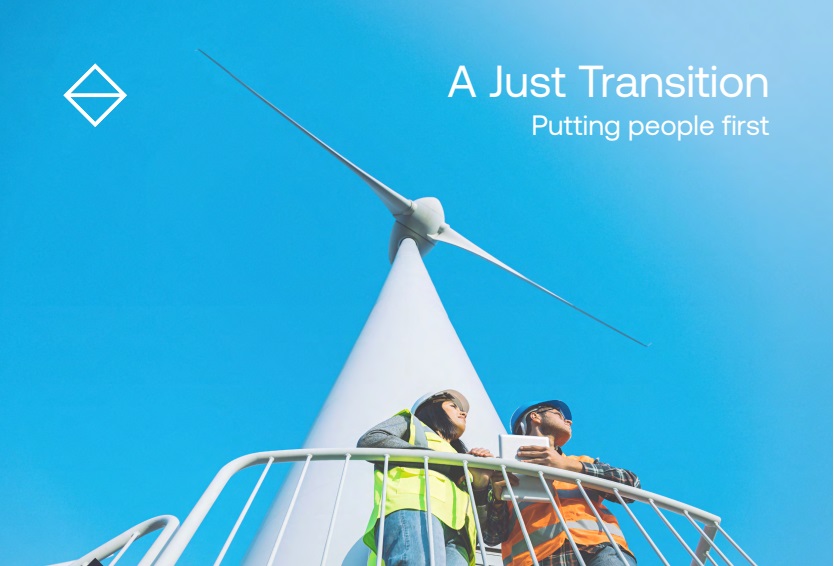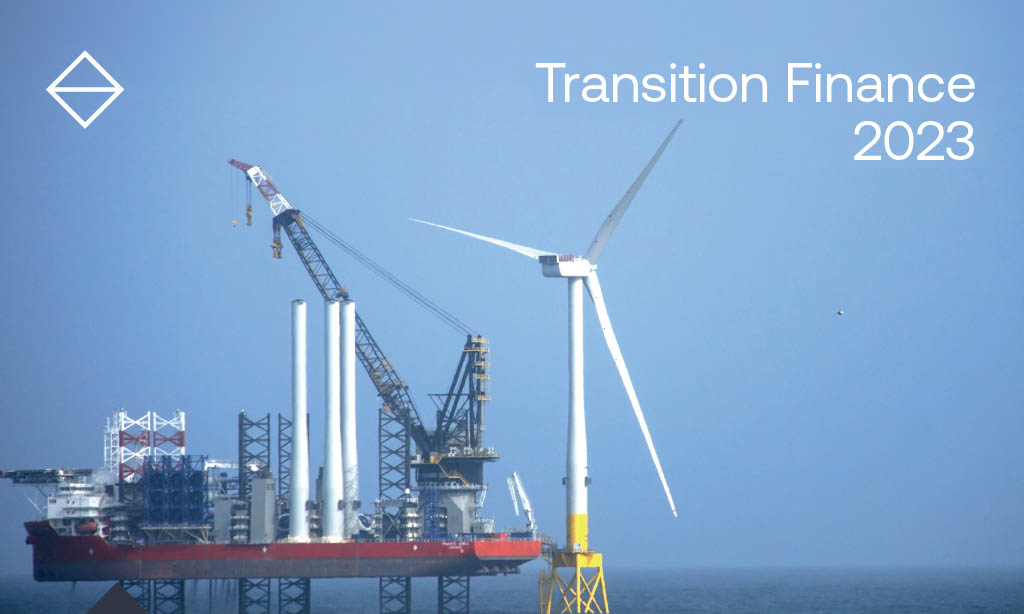Bringing Down the Cost of Offshore Wind

The Bank
The Scottish National Investment Bank was launched in 2020. The Bank focuses on investing in businesses, projects and communities across Scotland that support the development of a fairer, more sustainable economy. In keeping with this, all investments must deliver both commercial and mission-impact returns, supporting at least one of the Bank’s missions:

This is the fifth in a series of blogs the Bank has been publishing relating to ScotWind, offshore wind in general, and how the Bank can help in developing the market. The first covered the scale of ScotWind, the success of the round, and the challenges to delivery.
The second piece examined the commitments developers have made to the Scottish supply chain and the wealth of knowledge the sector can lean on to scale. The third looked at the key infrastructure required to deliver ScotWind and how the Bank is aiming to support the market in advance of Final Investment Decisions, and the fourth installment examined the adjacent technologies which can deepen the transition in Scotland and beyond.
This piece covers the innovations and technologies connected to ScotWind that will help to realise the potential of the sector and hasten the energy transition.
50GW by 2030
The UK is targeting 50GW of offshore wind by 2030. This includes a significant contribution from Scottish waters, primarily through ScotWind. Currently, the National Grid Energy System Operator’s Holistic Network Design only budgets for 11GW of ScotWind, compared to the 28GW in the leasing round. A review of this is underway and is expected to report in Q1 2023. The Bank is eager to see as much of the 28GW as possible able to connect, alongside the significant onshore wind pipeline in Scotland. The 4.5GW+ currently expected for the Innovation and Targeted Oil and Gas (INTOG) round may not end up connected to the onshore grid, as it is intended to decarbonise offshore oil and gas platforms. But shore connections may come to ensure backup power is available and to support the economic case through selling electricity to the grid. In short – the UK needs to invest heavily in additional cable capacity, or in using those cables that exist more, or both.
Our previous blog covered the necessity of bringing additional High Voltage Direct Current (HVDC) cable manufacturing into the market; the existing providers have lengthy backlogs and have held off capacity investments in recent years. Asset-lite investments into the grid can make each part of the grid work at higher capacity, getting electricity from renewable generators to demand centres.
The grid has become vastly more complex over recent decades through structural changes on both the supply and demand side. On the supply side, there are many more sites, and more smaller sites, feeding electricity into the grid. These are variable generators which whilst increasing potential flexibility into the electricity generation system, their variability can place stress on the grid which adds to running costs. These costs are made up for by the far lower running costs of the assets, but variable generation from more distributed sites does complicate the grid.
On the demand side, a huge and underrated shift in stress on the grid comes from changes in the UK economy over the last few decades. With less heavy manufacturing, there has been a large reduction in the removal of much of the baseload (those parts of the economy constantly demanding electricity from the grid). Combined with more service economy demand, the grid now has to deal with demand being less predictable at the same time as supply has become harder to foresee. As a result of investment, the grid has held up remarkably well through this decades-long transition thus far. Reaching net zero by 2045, and adding significant amounts of vehicle charging and electrified heat to demand, will see electricity demand increase in the UK for the first time in decades. Dealing with these changes requires not only a larger grid, but a smarter, more flexible one.

Capacity Constraints
Overhead power lines are surprisingly flexible. This flexibility leads to variability in capacity through lines. This capacity on a line can vary with seasons, as in winter it is less likely that wires will overheat. Dynamic Line Ratings (DLRs) can provide real time monitoring, so if the wind is helping cool down a cable, a light breeze can A) significantly cool a cable and B) generate additional wind power, and so allow more current to be put down each cable at any given time. DLRs are not new technology, but the earlier iterations were unwieldy and could be unreliable. New technology can use Light Detection and Ranging (LIDAR) to measure wind speeds and sag, and provide the grid with real-time information. The result can be more electricity delivered at times of greatest supply, and at less risk to the surrounding environment. Insurance costs for cables can come down as a result, and throughput increase.

Productivity & Safety Enhancements
Drones and Remotely Operated Vehicles (ROVs) have already been used to cut costs and increase safety at onshore wind farms, offshore oil and gas installations, and across a diverse range of industries. Deepening this, using more autonomous systems, and using the data provided to enable preventative maintenance, can cut costs, decrease the necessity for rope access, so improve safety, and cut downtime. Using technology can reduce the need for expensive vessel deployments. Costly, time-intensive route-survey can be made faster, and unexploded ordnance (UXO) detection can be made more accurate and simpler. Using more data to better site wind turbines within wind farms can increase the energy density available to individual turbines, while modelling impacts from wake effects can drastically increase output at wind farms and decreasing maintenance requirements. Additional computational power at the planning stage can enable better decision making and optimal siting of individual turbines, paying dividends through the generation phase of projects.
A Whole Economy Approach
The Bank has invested in a range of businesses which are expected to benefit from or contribute to the offshore wind sector. To realise the full benefits of ScotWind, investing in innovations which help to create a smarter, more flexible and responsive electricity system are needed. Sometimes the link between offshore wind and some of these investments may not be immediately obvious: the space sector, for example, can benefit from increased demand for more granular satellite weather data, which could contribute to higher output and better management at individual wind turbines and farms. As a Bank we are keen to expand our presence across a range of sectors, encouraging companies to work with us to deliver a faster, deeper transition for Scotland.
The information contained in this document should not be considered as an offer, solicitation or investment recommendation regarding any security or financial instrument. It is not intended for distribution or use by any person or entity who is a citizen or resident of, or located in, any jurisdiction where such distribution, publication or use would be prohibited. Nothing herein constitutes investment, legal, tax or other advice and is not to be relied upon in making an investment or other decision. You should consult your own professional adviser if you require financial, investment or other advice. Issued by Scottish National Investment Bank PLC (SC677431) at Waverley Gate, 2-4 Waterloo Place, Edinburgh, EH1 3EG

